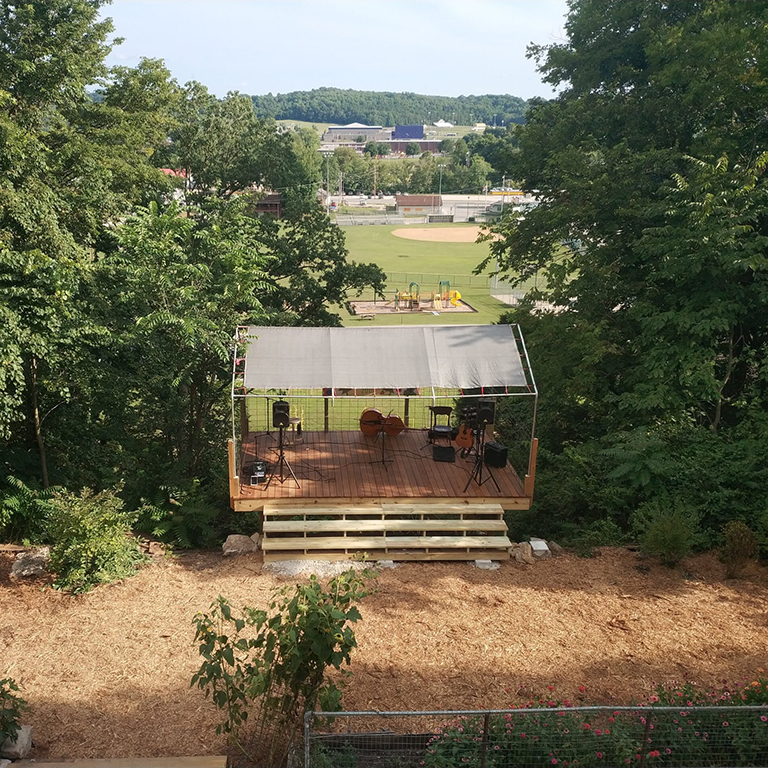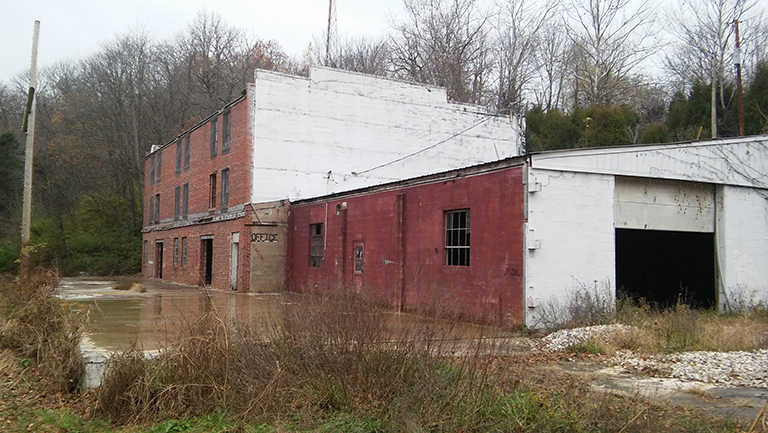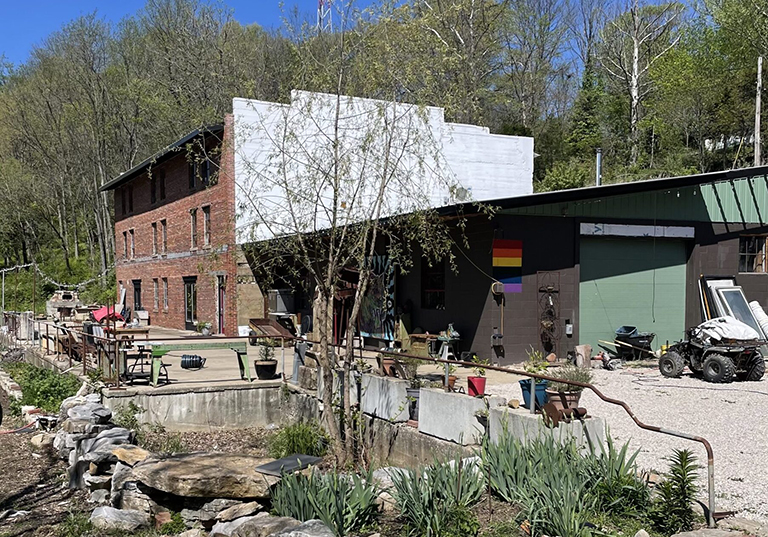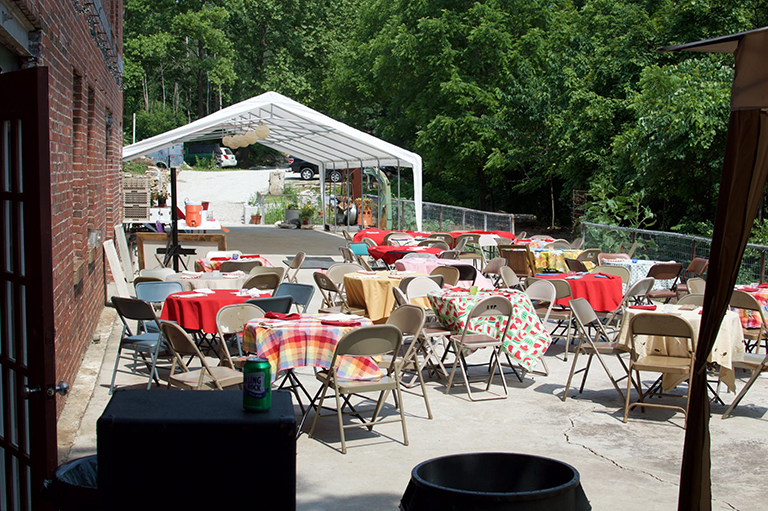Selected projects include murals, wayfinding signage, architectural and park design, and downtown revitalization efforts. The Rural Placemaking Studio will support community feedback sessions, develop a scope of work and create designs the community will implement on a timeline that fits the project. Students studying comprehensive design, creative placemaking and community arts engagement will work with communities through the summer alongside Racek and the Center for Rural Engagement team.
“Creative placemaking in a rural community is more than painting a mural,” said Jon Racek, program director of comprehensive design and director of the ServeDesign Center, in a press release. “Placemaking can make a physical marker to a sense of shared memories and deep connection to a place. It is through placemaking that rural communities can cultivate their unique identity and turn their downtowns into vibrant hubs of cultural heritage and local pride.”
The Rural Placemaking Studio builds on and expands a partnership between the Center for Rural Engagement and the Eskenazi School that installed studio art graduate students in four rural Indiana communities during the summers of 2019, 2021 and 2022. The Rural Artist Residency program placed 10 MFA students in Paoli, Huntingburg, Nashville and Salem over a six-week session each summer to create art and integrate themselves into each town’s artistic ecosystem. The artists exhibited their work for the community at the culmination of the residency.
In addition, numerous Eskenazi School faculty and students have worked through the ServeDesign Center with support from the Center for Rural Engagement to lead placemaking initiatives in numerous southern Indiana towns. With robust engagement from community members throughout the process, Eskenazi artists have completed murals and other downtown activation strategies in Huntingburg, Holland, Salem and Jasper.
“We’re thrilled to continue partnering with CRE and our Indiana communities to improve quality of life,” Eskenazi School Founding Dean Peg Faimon said. “Our students tell us that their experiences connecting in community have been an invaluable complement to the training they receive in the studio.
“The experience has allowed them to engage with Hoosiers — individuals, business owners and government officials — to identify needs and concerns, and formulate creative solutions. It’s a gratifying service opportunity and tangible demonstration of the use and value of an art and design education.”
The state of Indiana has identified quality of place as a key focus area for state and federal support through programs like the Regional Economic Acceleration and Development Initiative. Counties in the Indiana Uplands region, where IU Bloomington is located, have each completed a quality-of-place and workforce-attraction plan in collaboration with Regional Opportunity Initiatives. Creative placemaking promotes inclusive public spaces, cultivates a sense of belonging, preserves and enhances natural and cultural resources, and supports economic development.





